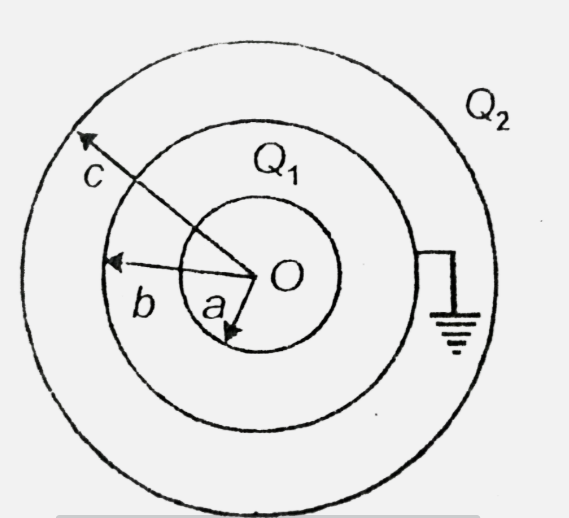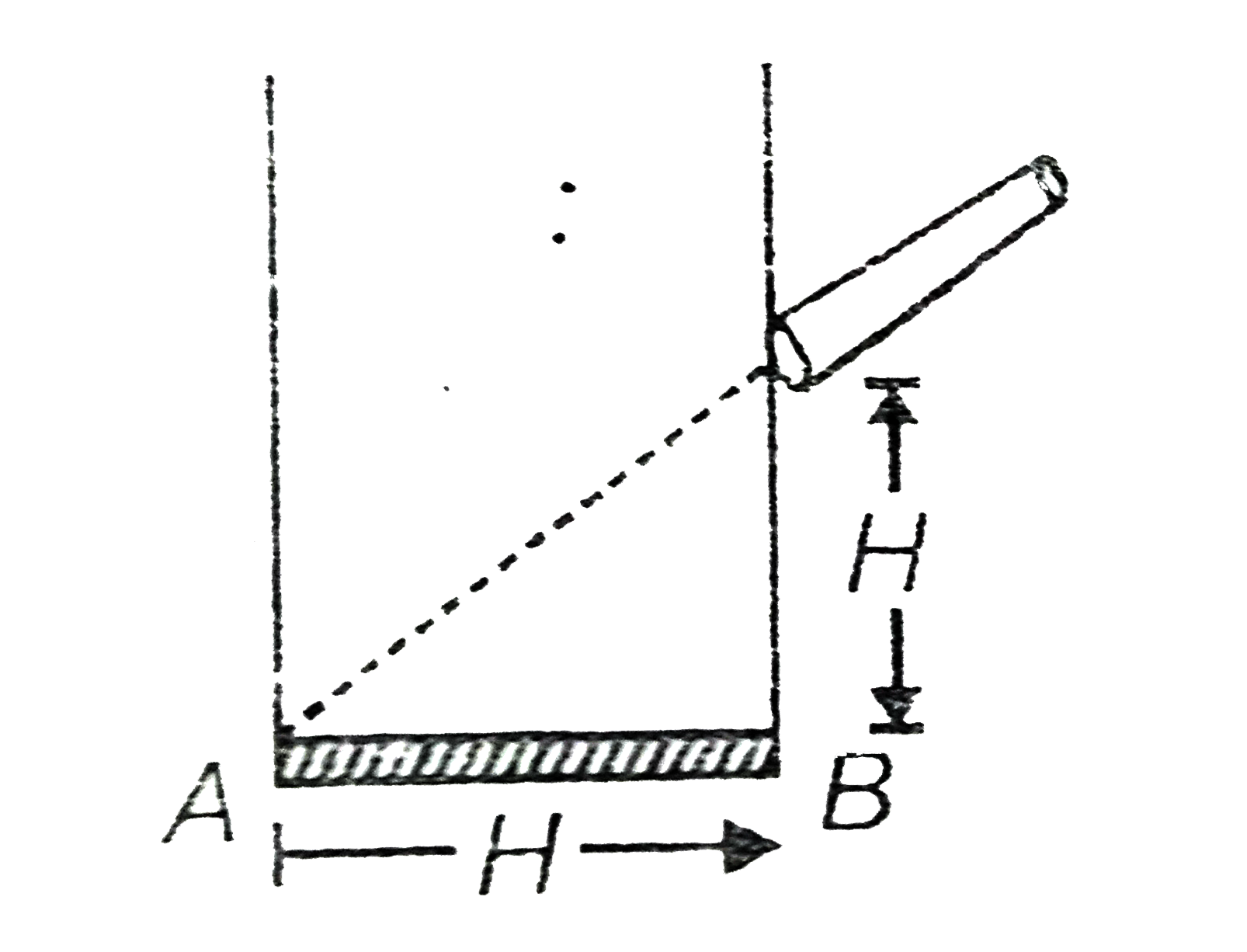Select the correct alternative.
Work done by kinetic friction on a body always results in a loss of its kinetic energy.
Work done on a body, in the motion of that body over a close loop is zero for every force in nature.
Total mechanical energy of a system is always conserved no matter what type of internal and ecternal forces on the body are present.
When total work done by a conservative force on the system is positive then the potential energy associated with this force decreases.
The correct Answer is:D
To solve the question, we need to analyze each statement provided and determine if it is true or false.
1. Statement Analysis:
- Statement A: "The work done by kinetic friction on a body always results in a loss of kinetic energy."
- Explanation: Kinetic friction does work on bodies in motion. However, this work can lead to a redistribution of energy between objects. For instance, if two blocks are in contact and one is moving faster, kinetic friction can increase the speed of the slower block while decreasing the speed of the faster block. Therefore, kinetic friction does not always result in a loss of kinetic energy for the entire system. This statement is False.
2. Statement B: "Work done on a body in the motion of that body over a closed loop is zero for every force in nature."
- Explanation: This statement is not true for non-conservative forces. For example, when friction acts on an object moving in a closed loop, it does negative work, resulting in energy loss. Therefore, the work done by non-conservative forces (like friction) over a closed loop is not zero. This statement is False.
3. Statement C: "Total mechanical energy of a system is always conserved, no matter what type of internal and external forces on the body are present."
- Explanation: Total mechanical energy is conserved only in the absence of non-conservative forces (like friction) and when no external work is done on the system. If there are non-conservative forces or external work, mechanical energy can change. Thus, this statement is False.
4. Statement D: "When the total work done by the conservative force on a system is positive, then the potential energy associated with this force decreases."
- Explanation: This statement is true. According to the work-energy principle, when work is done by a conservative force, it results in a decrease in potential energy. If the work done is positive, it means energy is being transferred to kinetic energy, leading to a decrease in potential energy. This statement is True.
Conclusion:
The correct alternative is D.
- Statement A: "The work done by kinetic friction on a body always results in a loss of kinetic energy."
- Explanation: Kinetic friction does work on bodies in motion. However, this work can lead to a redistribution of energy between objects. For instance, if two blocks are in contact and one is moving faster, kinetic friction can increase the speed of the slower block while decreasing the speed of the faster block. Therefore, kinetic friction does not always result in a loss of kinetic energy for the entire system. This statement is False.
- Explanation: This statement is not true for non-conservative forces. For example, when friction acts on an object moving in a closed loop, it does negative work, resulting in energy loss. Therefore, the work done by non-conservative forces (like friction) over a closed loop is not zero. This statement is False.
- Explanation: Total mechanical energy is conserved only in the absence of non-conservative forces (like friction) and when no external work is done on the system. If there are non-conservative forces or external work, mechanical energy can change. Thus, this statement is False.
- Explanation: This statement is true. According to the work-energy principle, when work is done by a conservative force, it results in a decrease in potential energy. If the work done is positive, it means energy is being transferred to kinetic energy, leading to a decrease in potential energy. This statement is True.
The correct alternative is D.
Topper's Solved these Questions
- TEST PAPERBOOK - ALLENCHAPTER - TEST PAPEREXERCISE - PHYSICS
4 Videos
- TEST PAPERBOOK - ALLENCHAPTER - TEST PAPEREXERCISE - PHYSICS
4 Videos
- SIMPLE HARMONIC MOTIONBOOK - ALLENCHAPTER - SIMPLE HARMONIC MOTIONEXERCISE - Example
1 Videos
- TEST PAPER 1BOOK - ALLENCHAPTER - TEST PAPER 1EXERCISE - PHYSICS
11 Videos
Similar Questions
A girl throws the ball with horizontal velocity 2m/s at the moment t=0. The ball bounces once on the smooth floor and then lands into cup C. The coefficient of restitution for the collision is 0.8. Select the correct alternative (g=10m/s2)

View SolutionA short electric dipoleis placed along y-axis at the origin. The electric field vector at a point P on x-axis is →E1. The dipole is rotated by π2 at its positin . Now, the electric field vector at point P is →E2. Select the correct alternative(s) :
View Solution
Knowledge Check
Complete the following statements by selecting the correct alternative from the choices given :
Purification of aluminium by electrolytic refining is called :ASerpeck's processBHoope's processCHall's processDBaeyer's processComplete the statement by selecting the correct alternative from the choices given:
Introducing a halogen atom into an alkene can generally reduce itsAPolarityBVolatilityCFlammabilityDReactivity
Two blocks of masses 4 kg and 2√3 kg are placed on fixed smooth wedge . They are connected by means of a massless inextensible string that passes over the pulley/ The angle of inclinations are 30∘and60∘ as shown in figure . Select the correct alternative ( g = 10 m/s2)
View SolutionA battery of emf E and internal resistance r is connected across a resistance R. Resistance R can be adjusted to any value greater then or equla to zero. A graph is plotted between the current passing through the resistance (I) and potential (V) across it. Select the correct alternatives.

View SolutionFigure shows three concentric conducting spherical shells of radii a,b and c (c>b>a) . The innermost and outermost shell are given charge sQ1 and Q2 respectively, and the middle shell had been earthed. Select the correct alternative(s) .

View SolutionFigure shows a container of width H. A telescope is fitted at a height H above the base on its side wall such that it is focussed at the point A as shown. Now a liquid is poured slowly in the container. The refractive index of liquid is μ=√2. Select the correct alternatives

View SolutionA particle constrained to move along x-axis given a velocity u along the positive x-axis. The acceleration ' a ' of the particle varies as a = - bx, where b is a positive constant and x is the x co-ordinate of the position of the particle . Then select the correct alternative(s): .
View SolutionMatch the method of concentration of the ore in column I with the ore in column II and select the correct alternate.
I II(X) Magnetic separation(A)Ag2S(Y) Froth floatation(B)FeCr2O4Z Gravity separation(C)Al2(SiO3)3
View Solution
